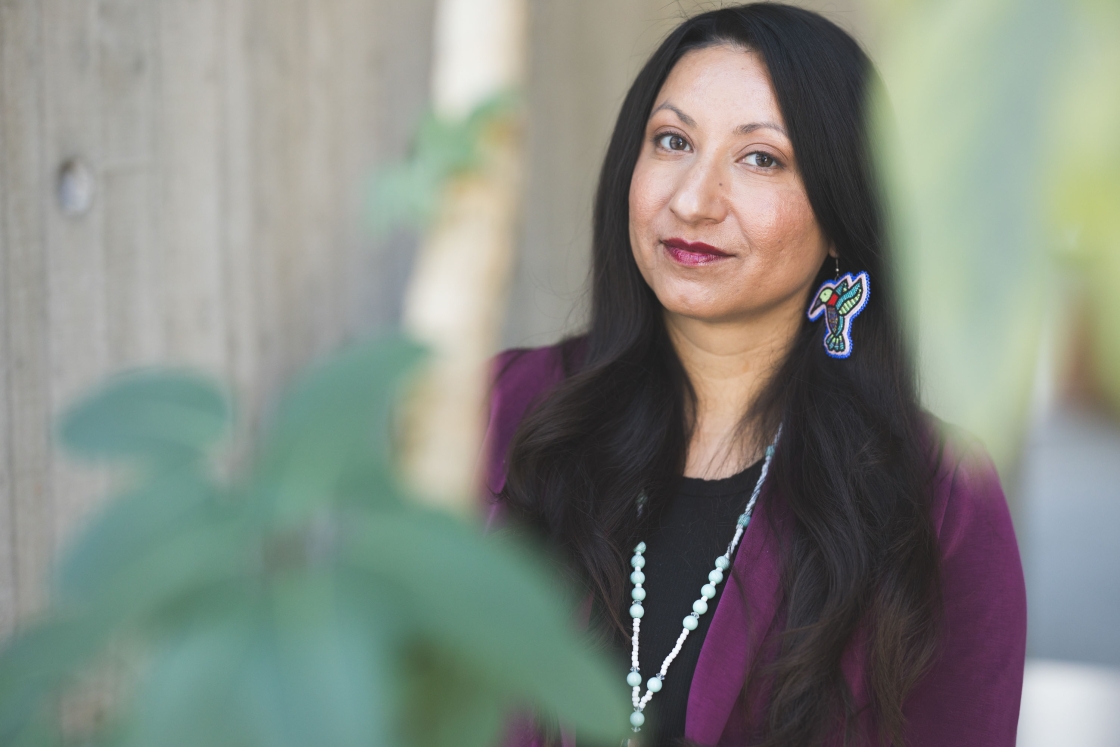Image  |
| Corn fields being harvested in central Mato Grosso (in the Cerrado), Brazil. Image by Stephanie Spera. |
HANOVER, N.H. – June 29, 2020 – Brazil is one of the top three producers of both soy and corn globally, and its agricultural sector accounts for one-fifth of the country’s economy. Deforestation and land-clearing practices have long been linked to decreases in biodiversity, and increases in temperature, stream flow, fire occurence, and carbon dioxide emissions. According to a Dartmouth study published in Nature Sustainability, these land-clearing practices in Brazil are also altering the climate and can significantly reduce corn yields.
The study examines the Cerrado, a biome located in the heart of Brazil, where most of the soy and corn for export is grown. The Brazilian Cerrado is far less protected than the Amazon. Previous research has found that the Amazon is being saved at the expense of the Cerrado. If you own land in the Amazon, legally, you are required to protect 80 percent of the land; however, if you own land in the Cerrado, you are only required to protect 20 percent of the land. As a result, only 3 percent of the entire Cerrado is legally protected.
To examine the impacts of agribusiness and climate change in the main agricultural areas of Brazil, the researchers used a regional climate model from the National Center for Atmospheric Research. They ran the model over a 15-year period from 2000 to 2015 using six different land-cover scenarios: Brazil before land-clearing, Brazil with observed land-clearing as of 2016, Cerrado with just soy grown in one season (single cropping), Cerrado with soy and corn grown in the same season (double cropping), and Amazon deforestation arc states with single cropping and double cropping. In this region, soy is planted as the primary crop and corn is the secondary crop.
The team compared each of the scenarios to Brazil before land-clearing. They examined different variables, including evapotranspiration — how much water is recycled back into the atmosphere, the start and end of the rainy season, Cerrado and Amazon rainfall, and critical agricultural temperature thresholds.
Soy and corn in Brazil rely on rainfall. Only 6 percent of cropland in Brazil is irrigated. Fewer trees due to land-clearing reduces evapotranspiration, which decreases water recycled back into the atmosphere and can lead to less rainfall.
To investigate how changes in climate due to land-clearing impact soy and corn yields, the researchers used a statistical crop model based on the observed relationships between climate and yield. In order for corn to thrive, nights must be cool. Nights above 24 degrees Celsius (referred to in this study as “warm nights”) can damage corn.
The study provides evidence that land-clearing has degraded weather in the Brazilian Cerrado, a region that relies on rainfed production. The data revealed the following key findings:
- All of the land-clearing scenarios contained significantly more growing season days with temperatures exceeding the critical temperature for successfully cultivating corn.
- With decreases in evapotranspiration rates, the water/energy balance is significantly affected across all land-clearing scenarios, particularly during important periods of crop development.
- The results demonstrated that with more warm (24+ degrees Celsius) nights, corn yields were reduced by 6 to 8 percent when compared to before extensive land-clearing scenarios. The most conservative land-clearing scenario demonstrated that there were eight more warm nights than before land-clearing, as compared to 20 to 30 more warm nights in the most extreme scenario. Soy yields were not affected but soy is much more resilient to higher temperatures.
Image  |
| Land-use change from 2000 to 2019 in southern Piauí (in the Cerrado), Brazil. Green – natural vegetation; bright rectangles – fields. Satellite images by NASA: Landsat 7 on 7/10/00, and Landsat 8 on 8/8/19. Diagram with true color composite of satellite images compiled by Stephanie Spera. |
“Our findings reveal how deforestation and land-clearing practices in the Brazilian Cerrado are undermining rainfed crop production, which is one of the main reasons that the Cerrado is cleared,” explained co-author Stephanie A. Spera, an assistant professor of geography and environment at the University of Richmond, who was a post-doctoral fellow at the Neukom Institute for Computational Science at Dartmouth at the time of the study.
Under Brazilian President Jair Bolsonaro, deforestation in Brazil is the highest it’s been since 2008, as deforestation in the Amazon increased by 55 percent from January to April 2019, as compared to the same period the year before, and deforestation enforcement actions are sharply down. The COVID-19 pandemic has further reduced enforcement of deforestation. “The Amazon and lesser-known Cerrado are incredibly vulnerable to the impacts of climate. How long these regions will be able to sustain agricultural production under changing land use is an essential question for Brazil and the world’s food supply,” added Spera.
Available for comment are co-authors Stephanie Spera (sspera@richmond.edu) and Jonathan M. Winter (Jonathan.M.Winter@Dartmouth.edu), an assistant professor of geography at Dartmouth, whose research includes a focus on climate impacts on water resources and agriculture. Trevor F. Partridge, a graduate student in earth sciences at Dartmouth, also served as a co-author of the study.
###

